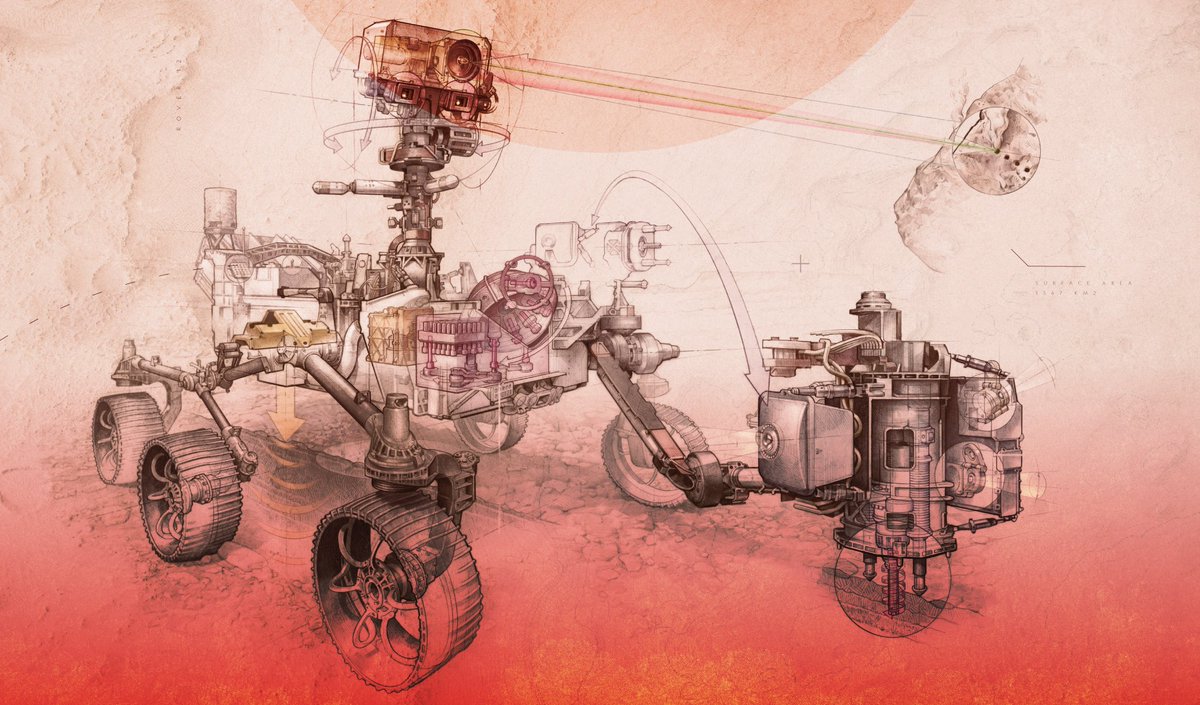
I’m photo editor @mallorybenedict, sharing photos and reflections from photographers who documented stories of Covid-19. I asked the photographers to choose the image that most spoke to them from their story, instead of choosing them myself. on.natgeo.com/3chNUNU
During the pandemic, @InsideNatGeo launched an emergency fund for journalists to cover #COVID19 within their own communities. From resilience, to isolation, to reconnection, I looked for themes that highlighted the multitude of ways it changed our lives. on.natgeo.com/3bzOMhE
I noticed photographers connecting to stories on a more personal level. Florence Goupil covered the importance of healing plants in the Shipibo-Konibo community in Peru. “I saw them take refuge in their origin, in their forest. And I let myself take refuge with them,” she said. 

Despite a year of immense loss, new life felt even more precious. This self-portrait by Bethany Mollenkof is one of my favorites. “To grow a life in such dark times of death felt powerful and I wanted to document it for my daughter,” she said. 

I saw themes of resilience amidst tragedy. Kataleya (center) is a transgender Honduran woman stuck in Mexico after the border closed due to #COVID19. Photographer Danielle Villasana said, “this image… reminds me of the joyous moments that bring light to the pandemic's darkness.” 

This year was also a time to reconnect with tradition, nature, and community. For First Nations photographer Pat Kane, “There seems to be a collective rallying cry to band together, support neighbors, have patience and enjoy what we have while we have it.” 

The disproportionate impact of #COVID19 on Black Americans revealed deeper systemic issues for photographer Rita Harper. “This project brought to my attention the dire need for radical change in providing fresh and healthy foods to our communities,” she said. 

Humans weren’t the only ones affected by the virus. Gab Mejia documented the impact on wildlife and their guardians, as a ranger says goodbye to the lone captive bred Tamaraw, an icon in the Philippinens. “Wildlife rangers…have dedicated their lives in saving this rare species.” 

For many refugees, a life in transit ground to a screeching halt. Photographer Ziyah Gafic documented migrants stuck in Bosnia en route to Europe. “They all share the same unbreakable hope that whenever they reach their final destination the life will be better.” 

There were also those for whom quarantine was dangerous. Irina Unruh documented the increase in domestic violence in Germany during #COVID19. “This picture reminds me that domestic violence doesn’t start with bruises on the skin. [It] begins with words and takes many forms.” 

Finally, I loved seeing photographers share their own stories. Esther Ruth Mbabazi explored memories of her late father. “I had a lot of time to look inwards, to sit with the quiet and be present. I missed my father. This is my way of preserving the memories I have of him.” 

Thank you for following along. See more from these projects and others reflecting on one year of the pandemic here: on.natgeo.com/3chNUNU
• • •
Missing some Tweet in this thread? You can try to
force a refresh





